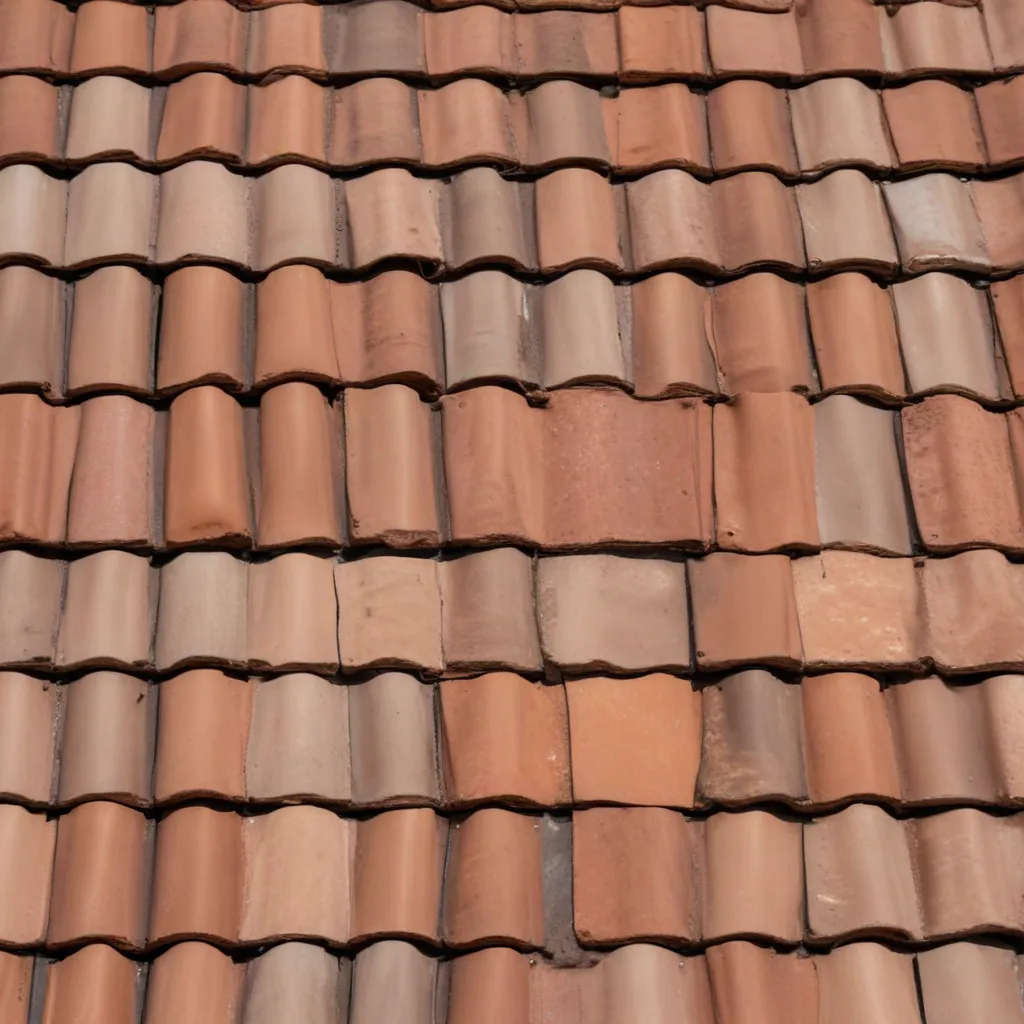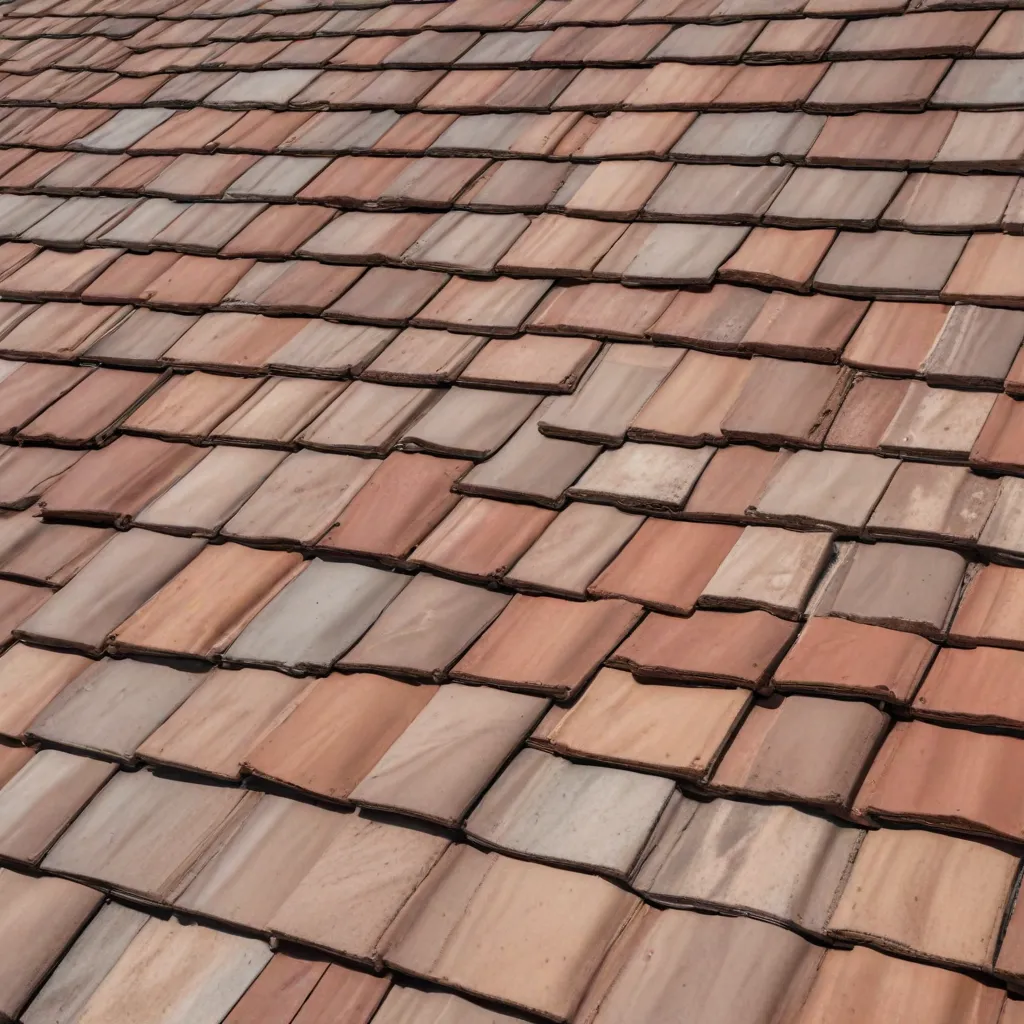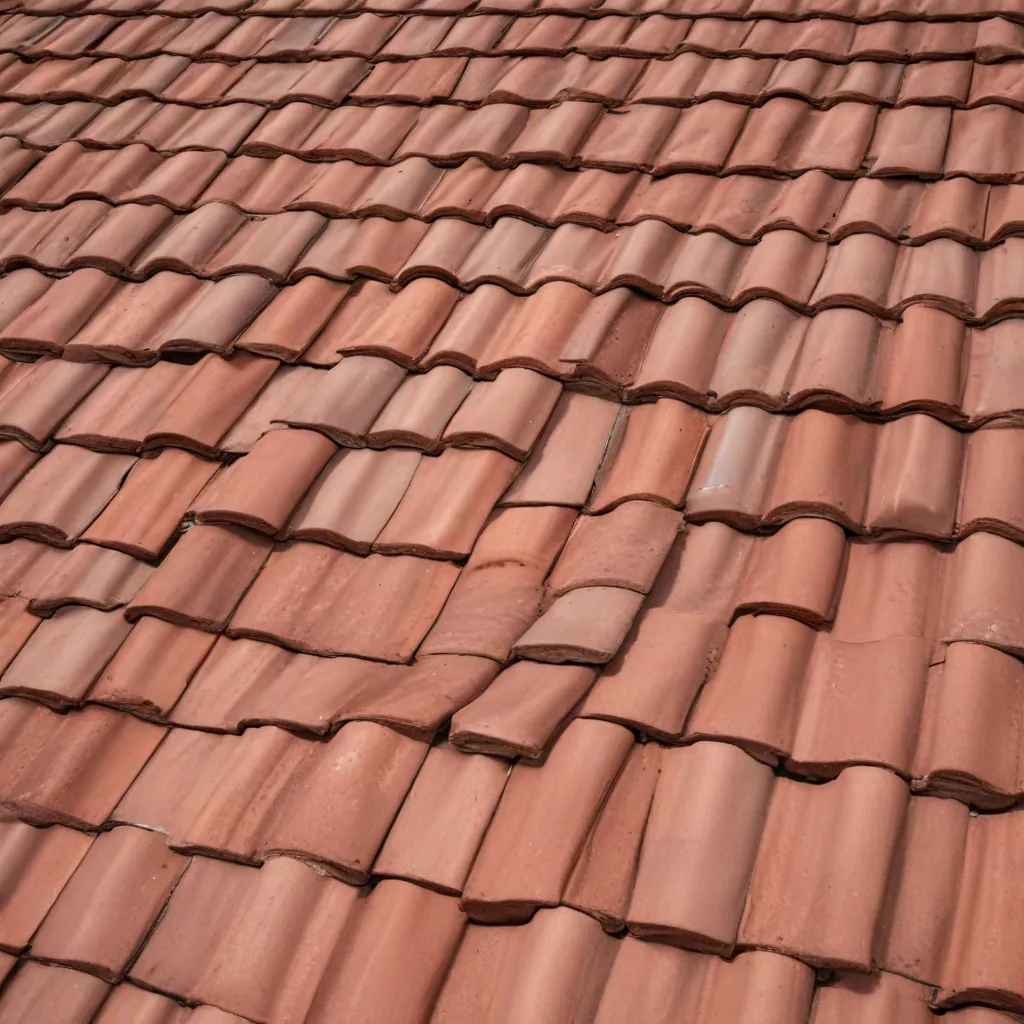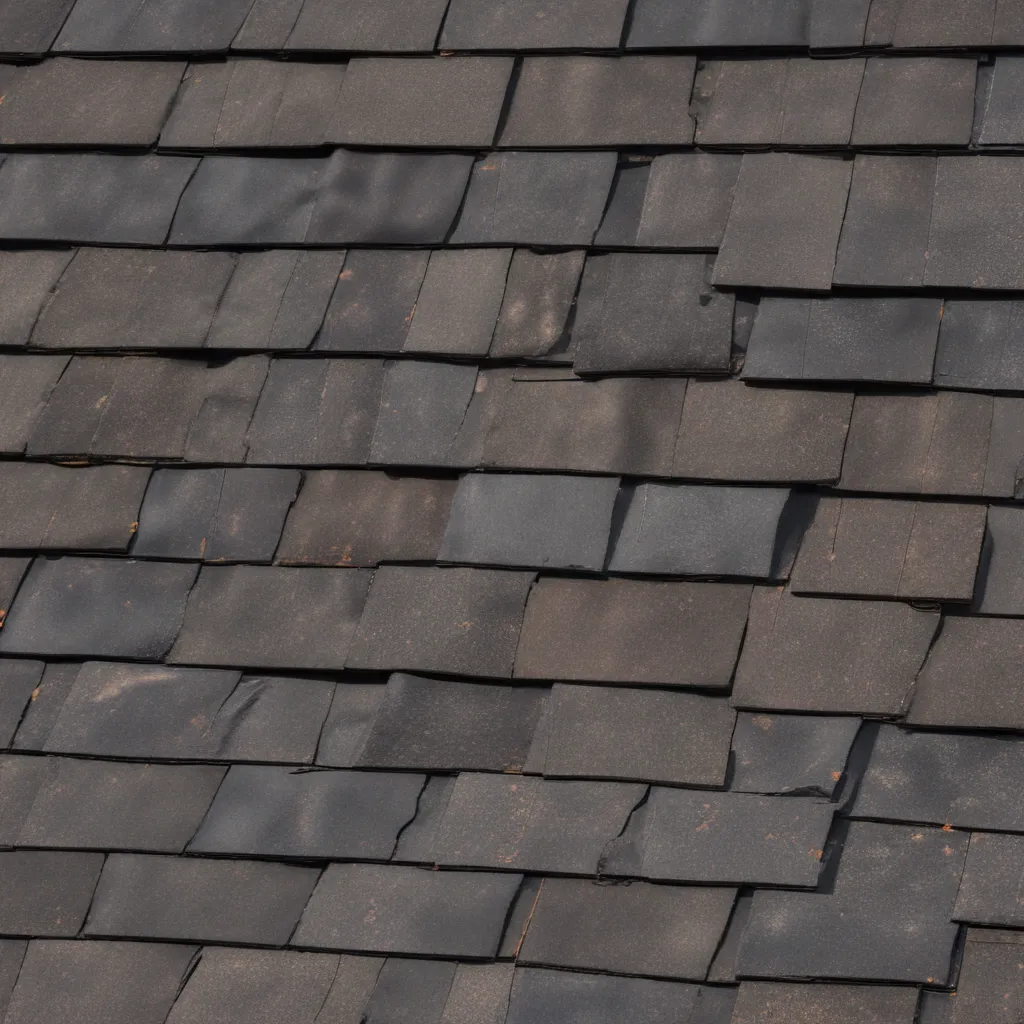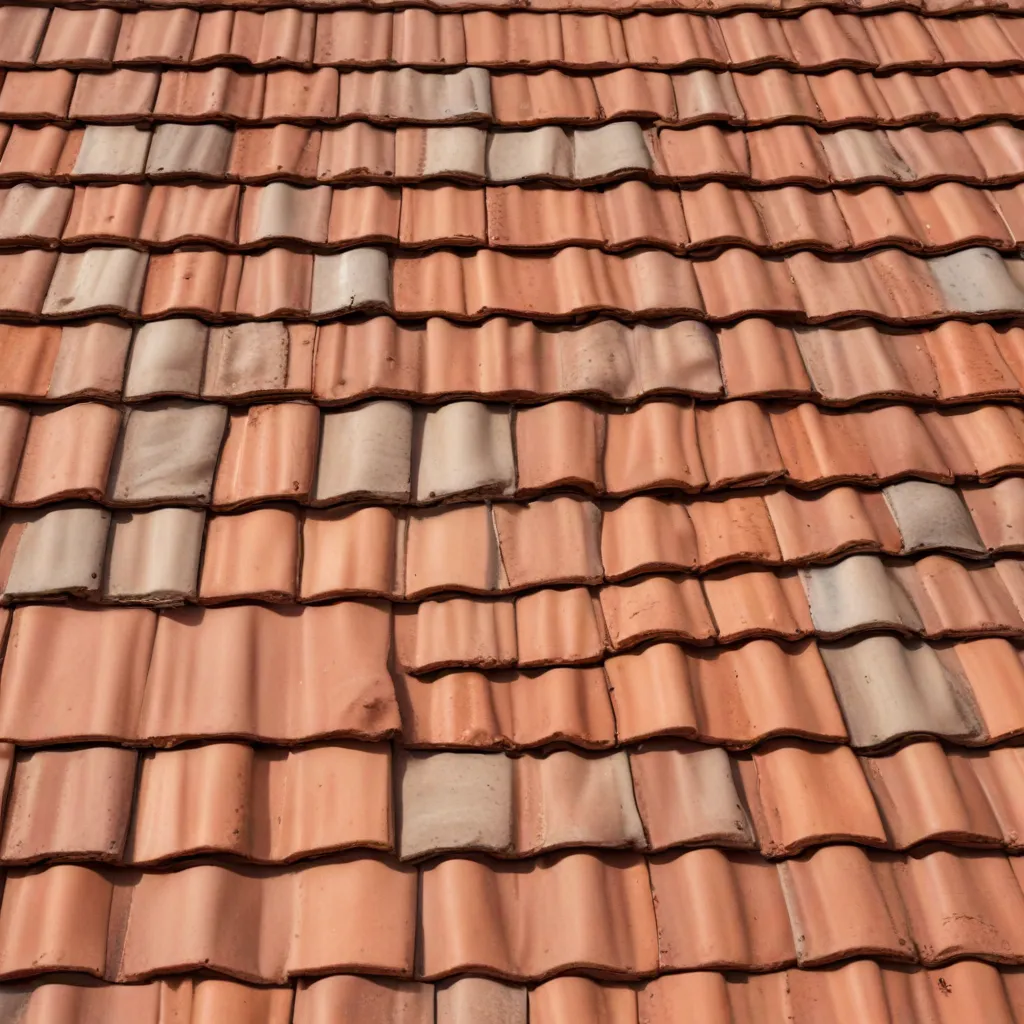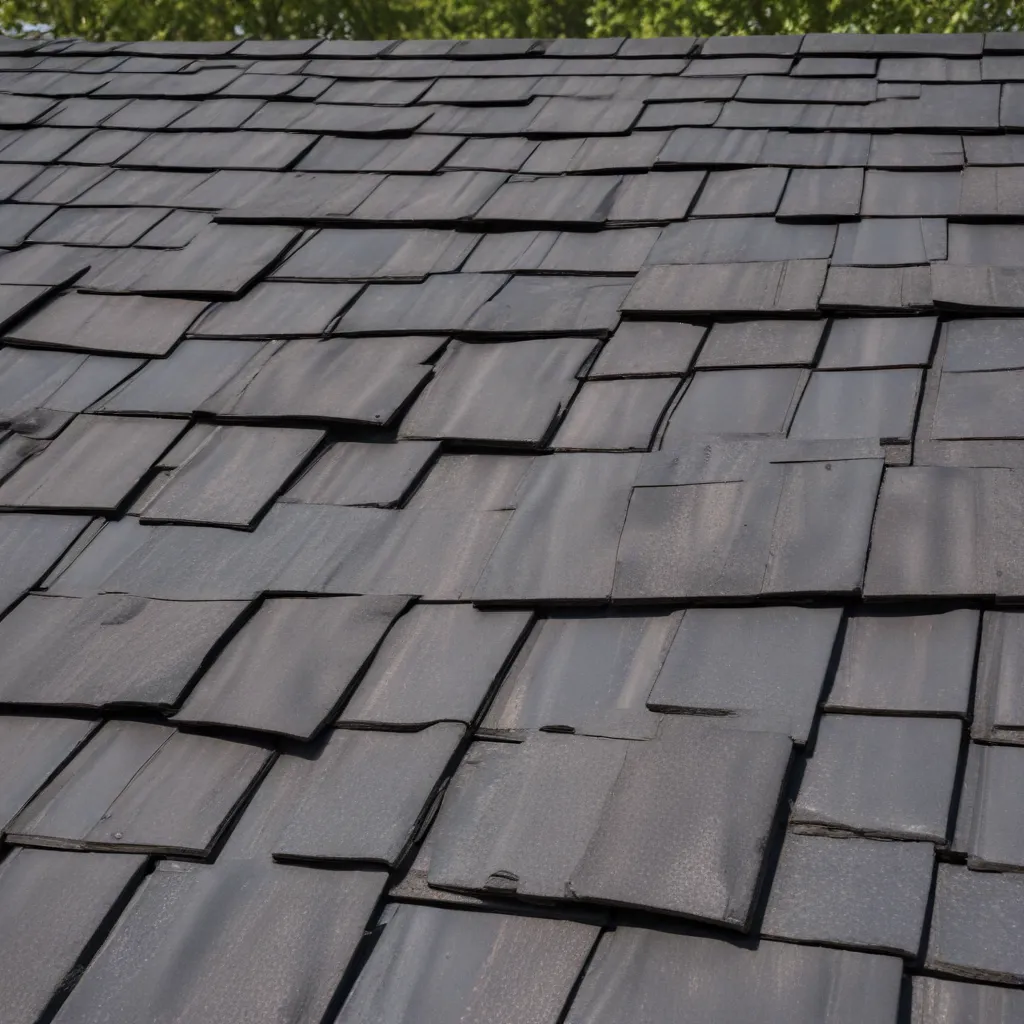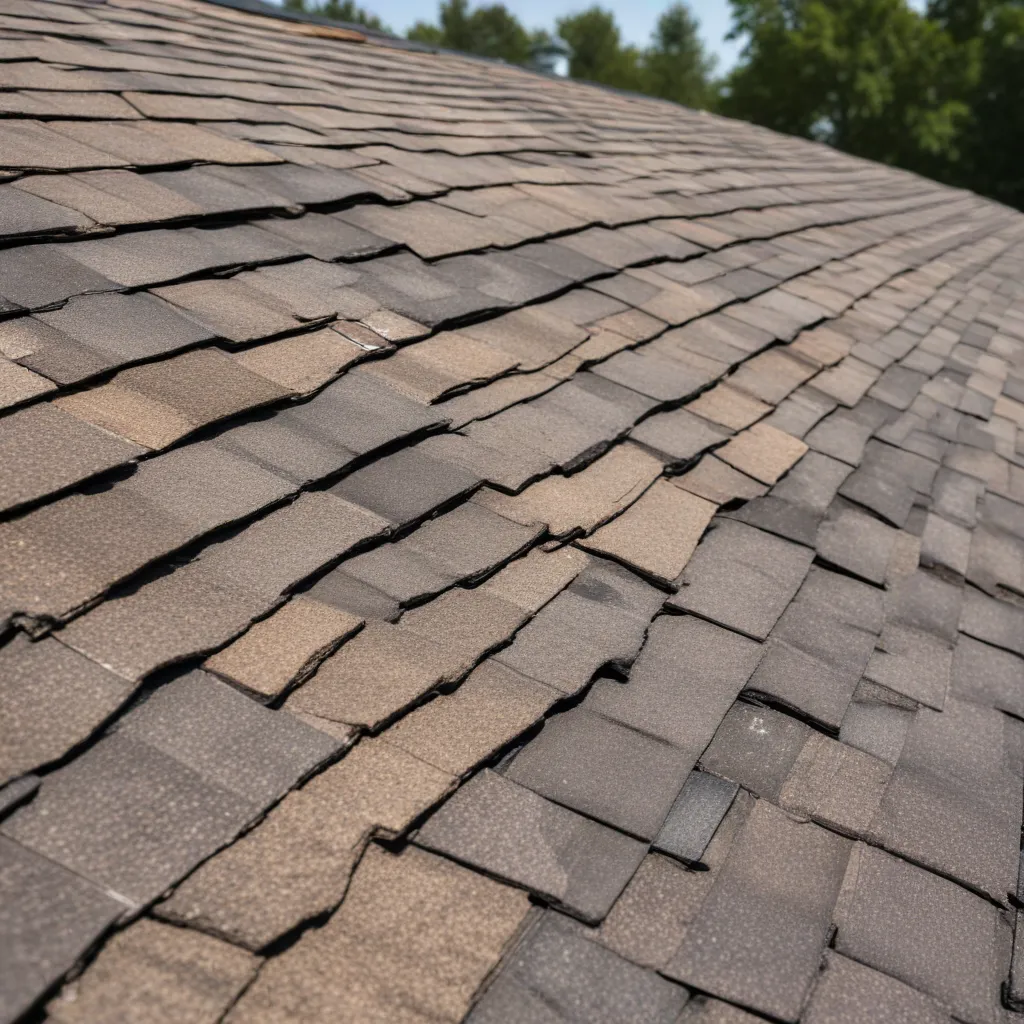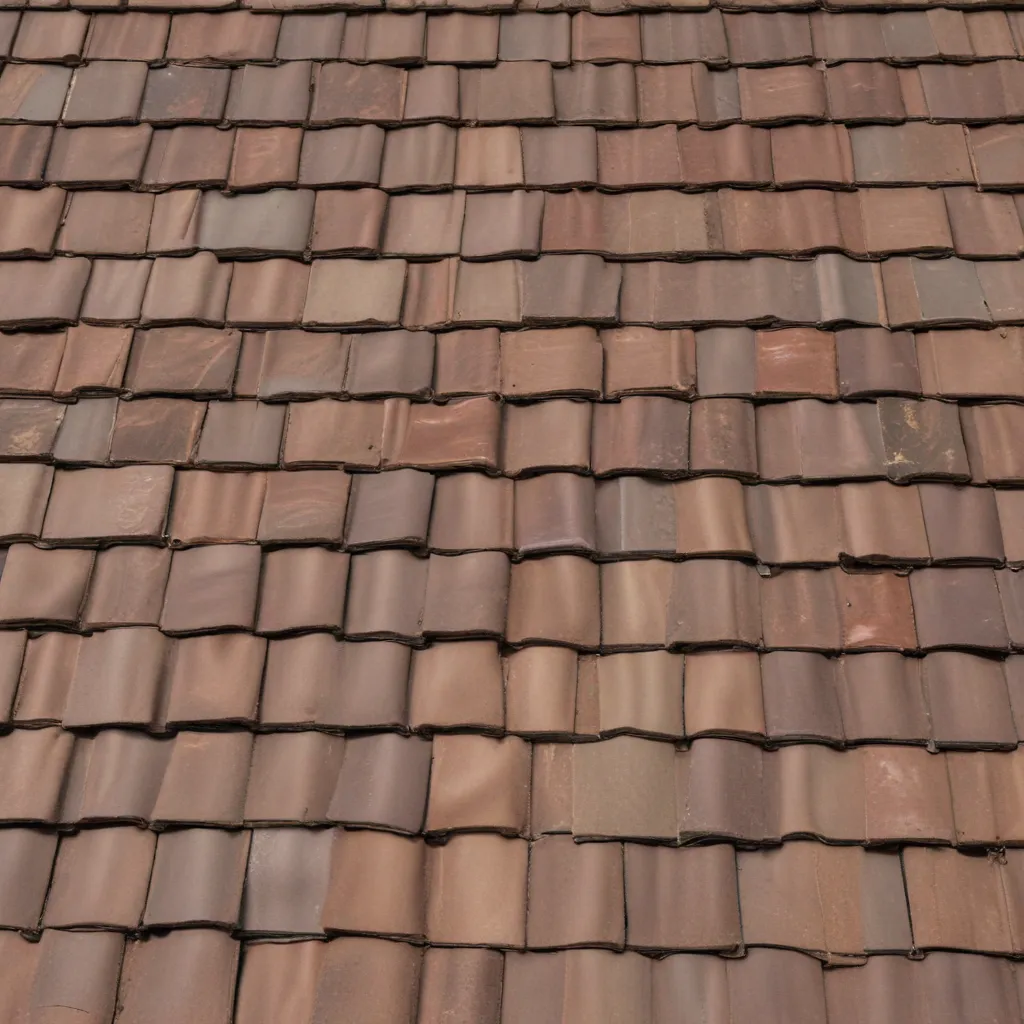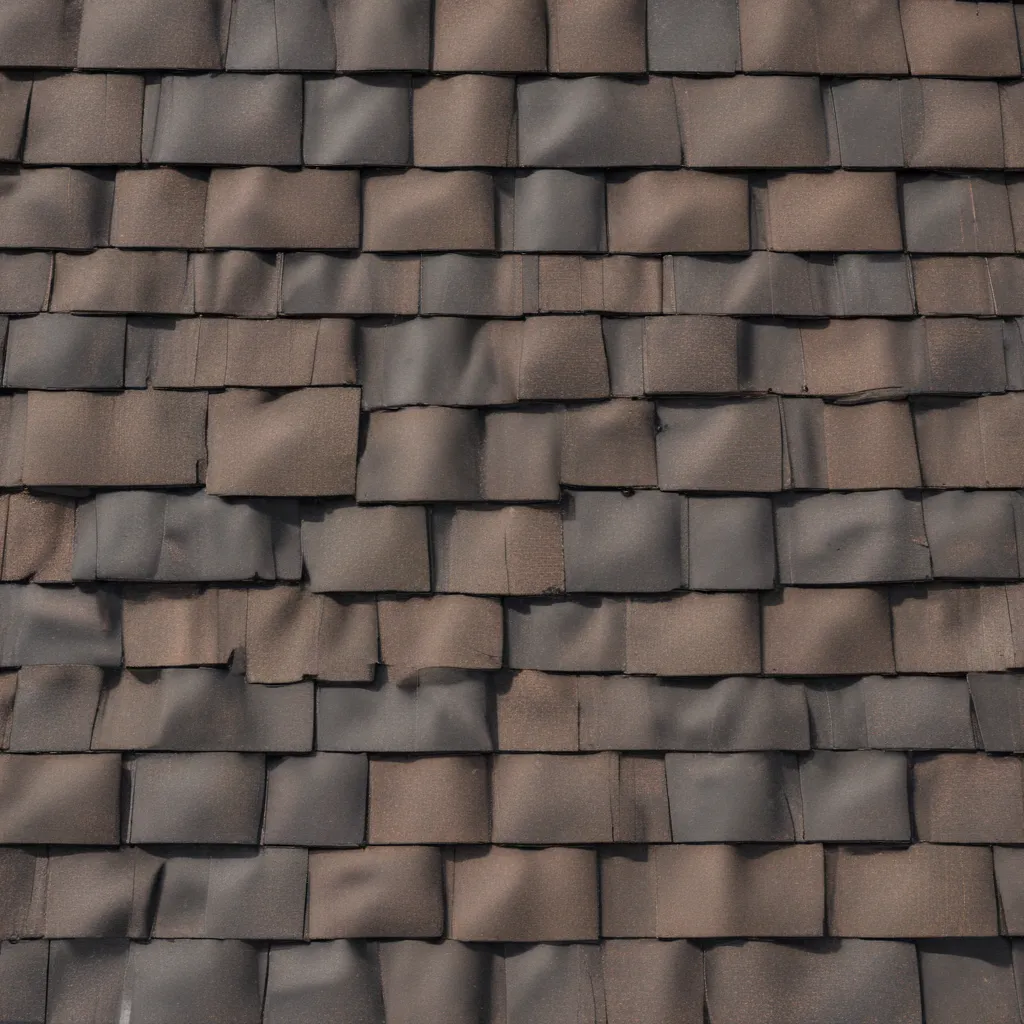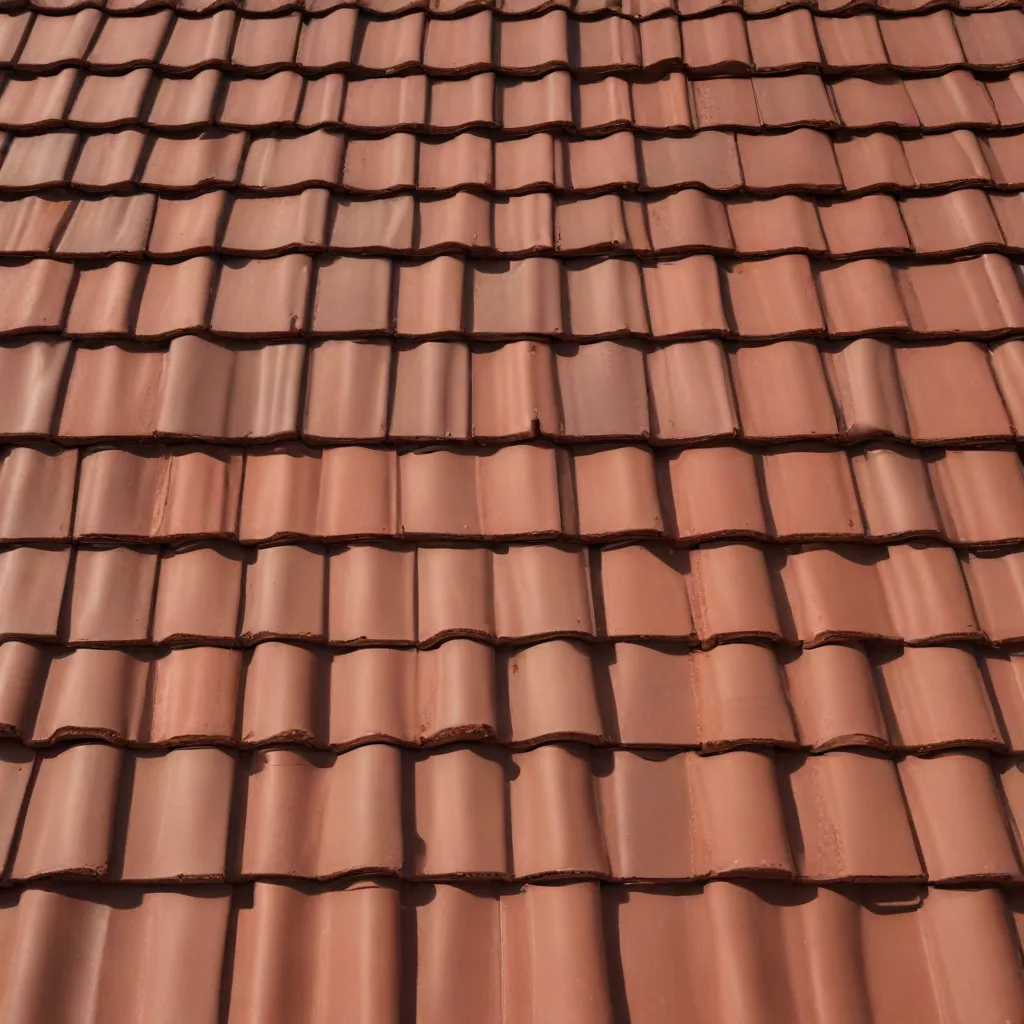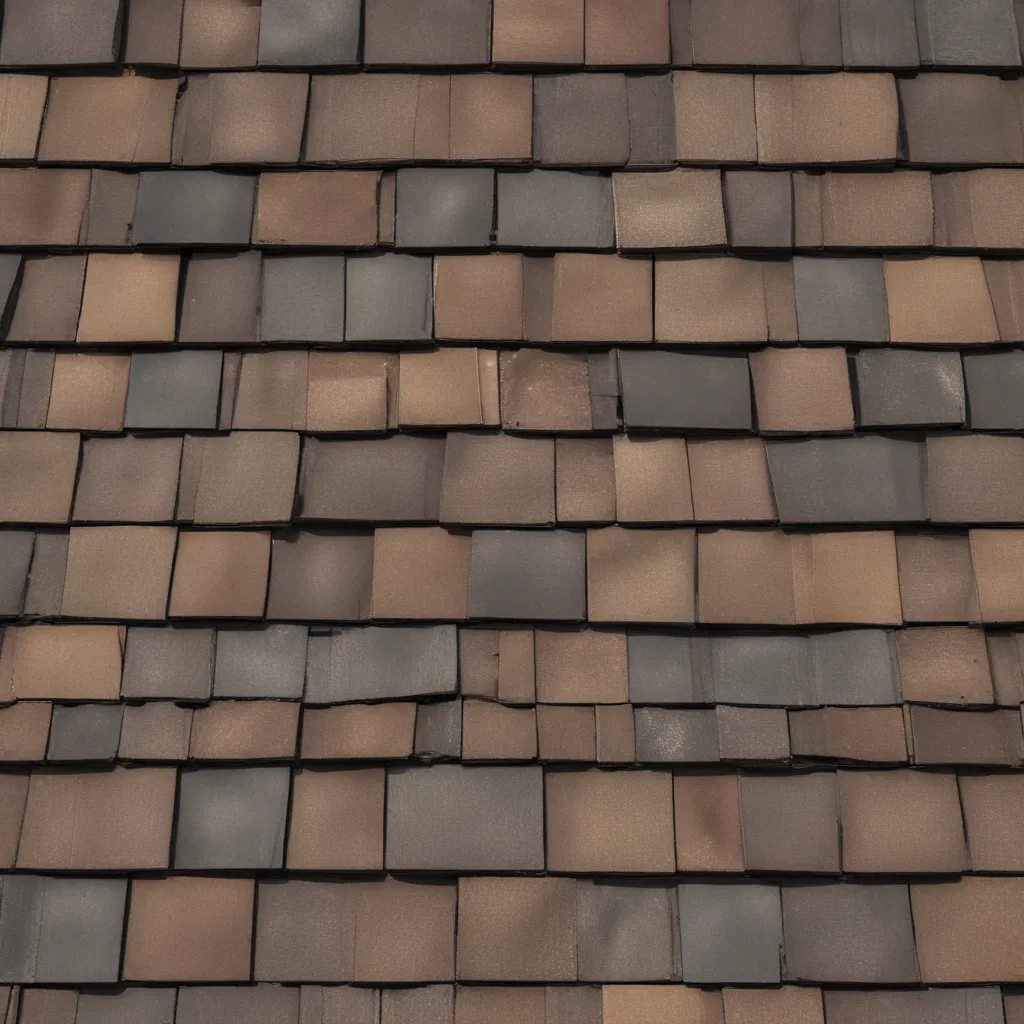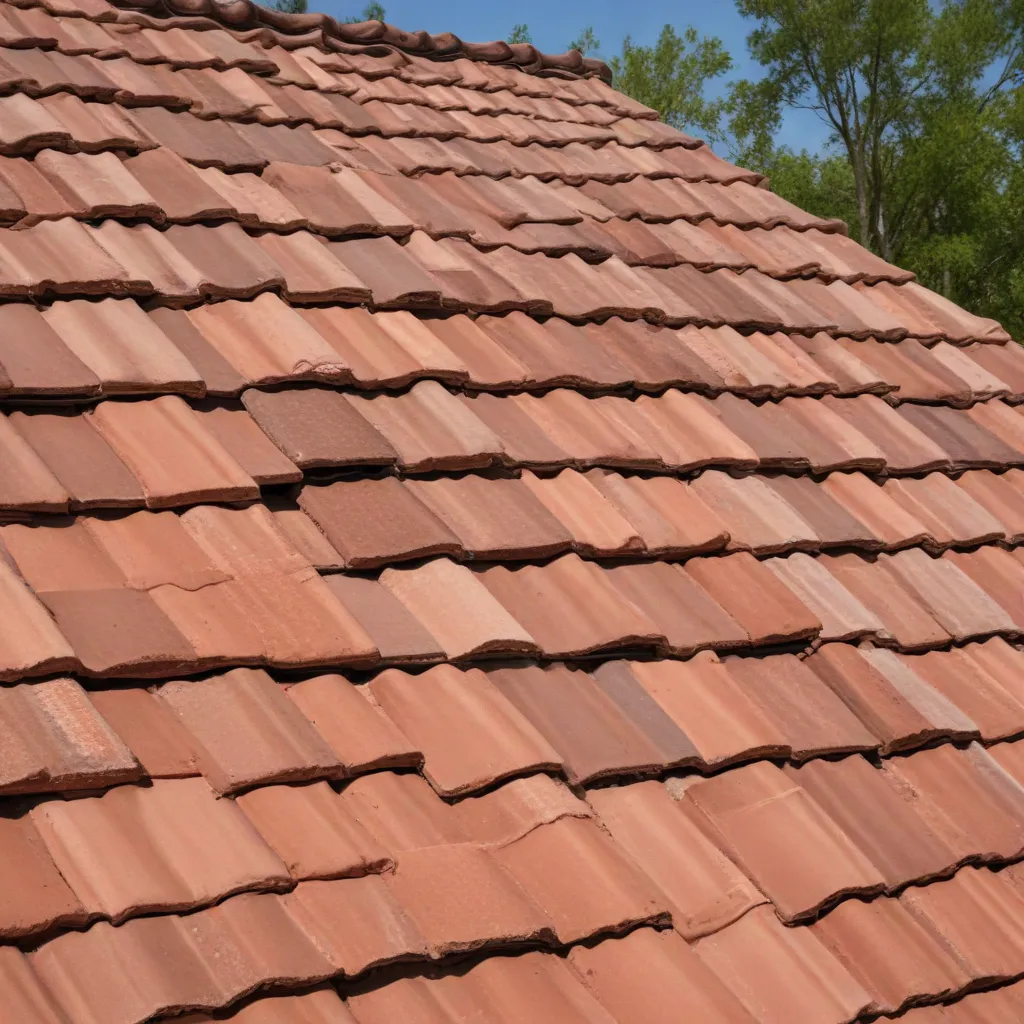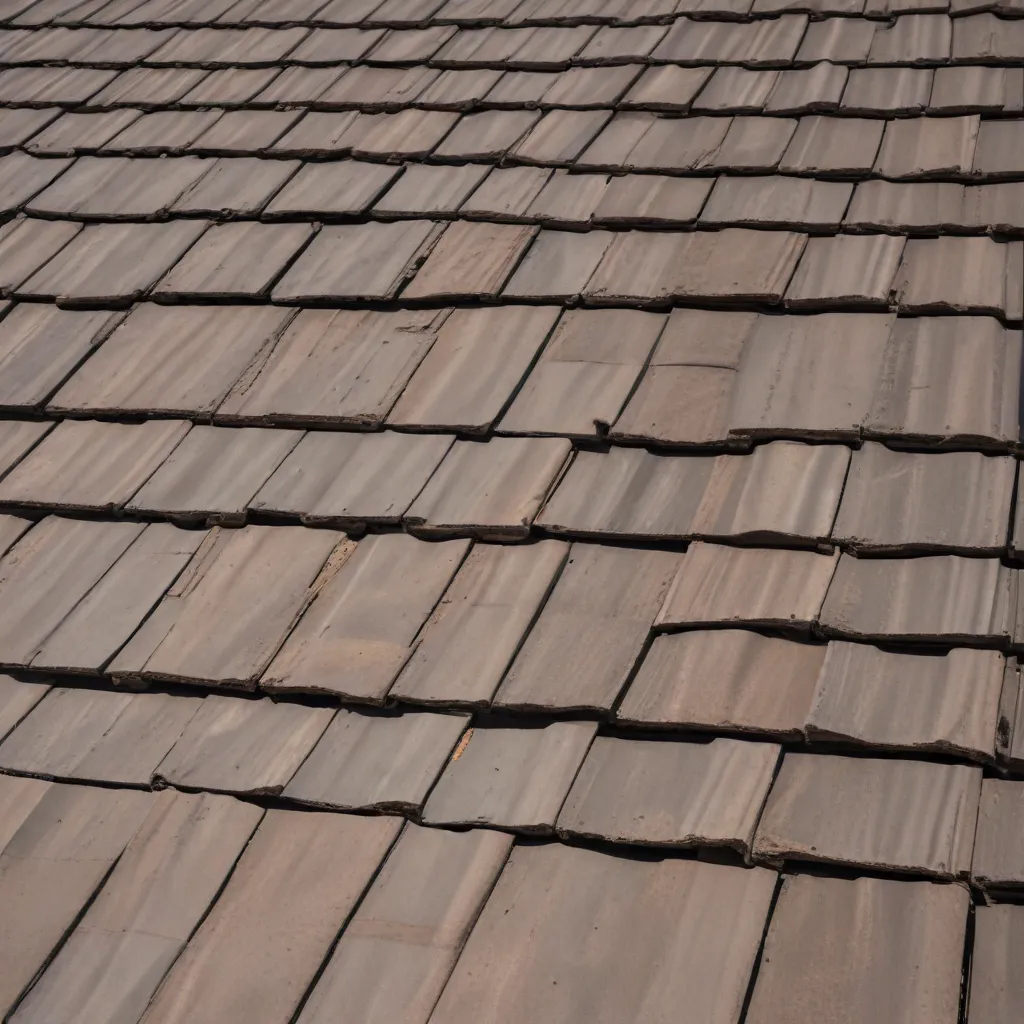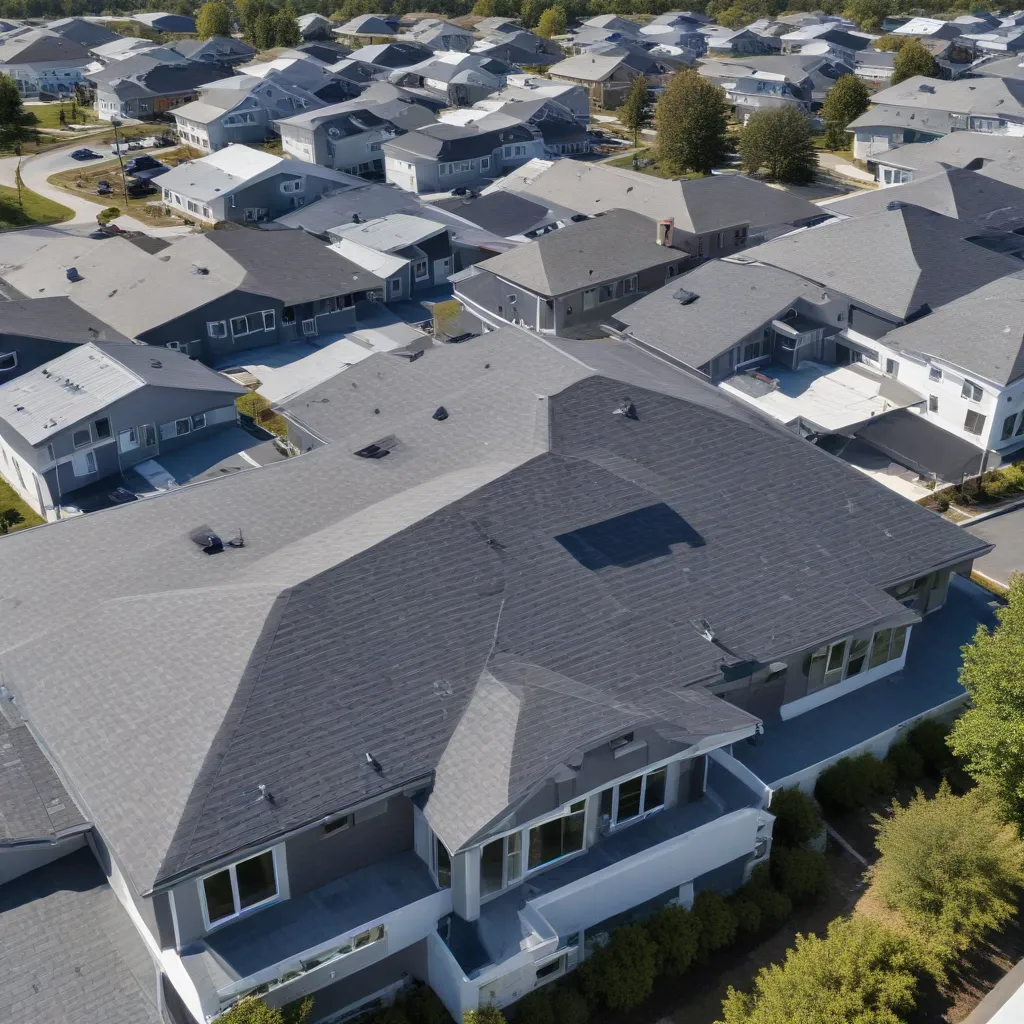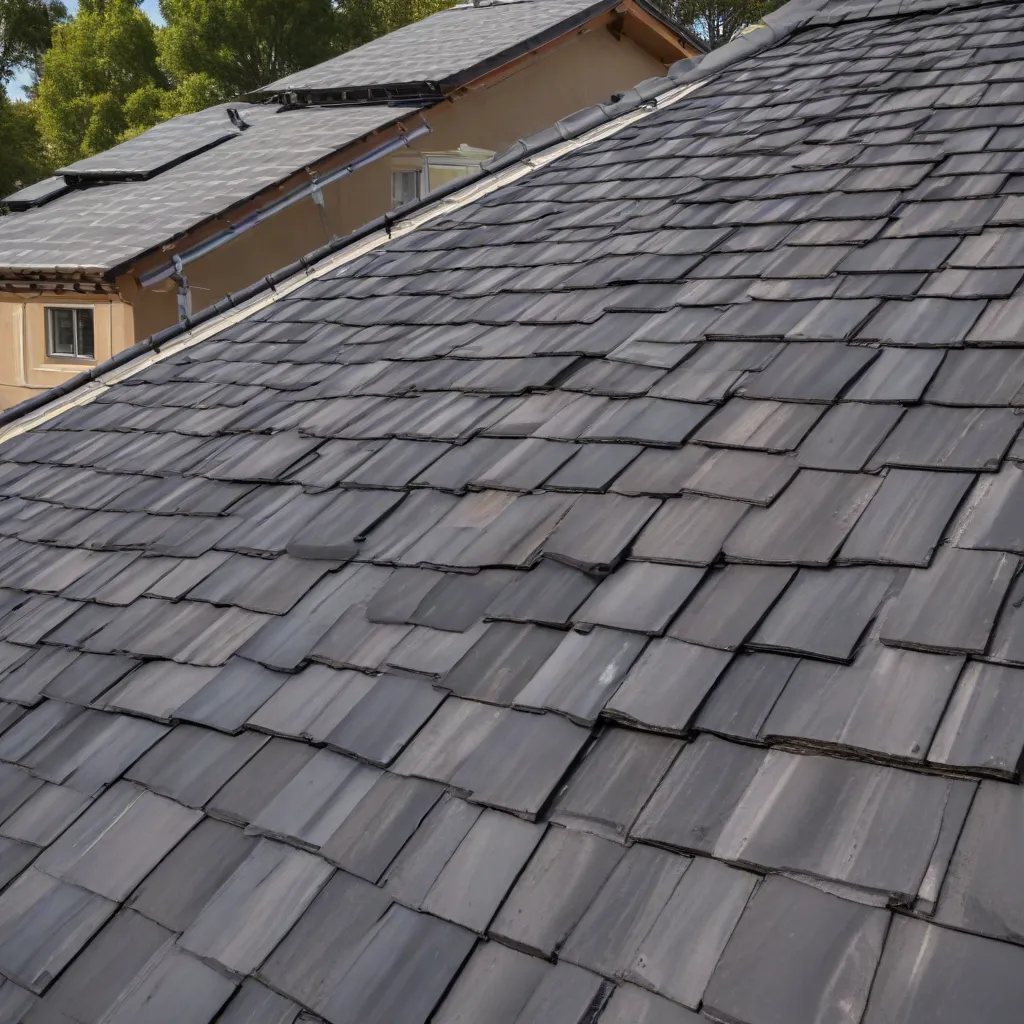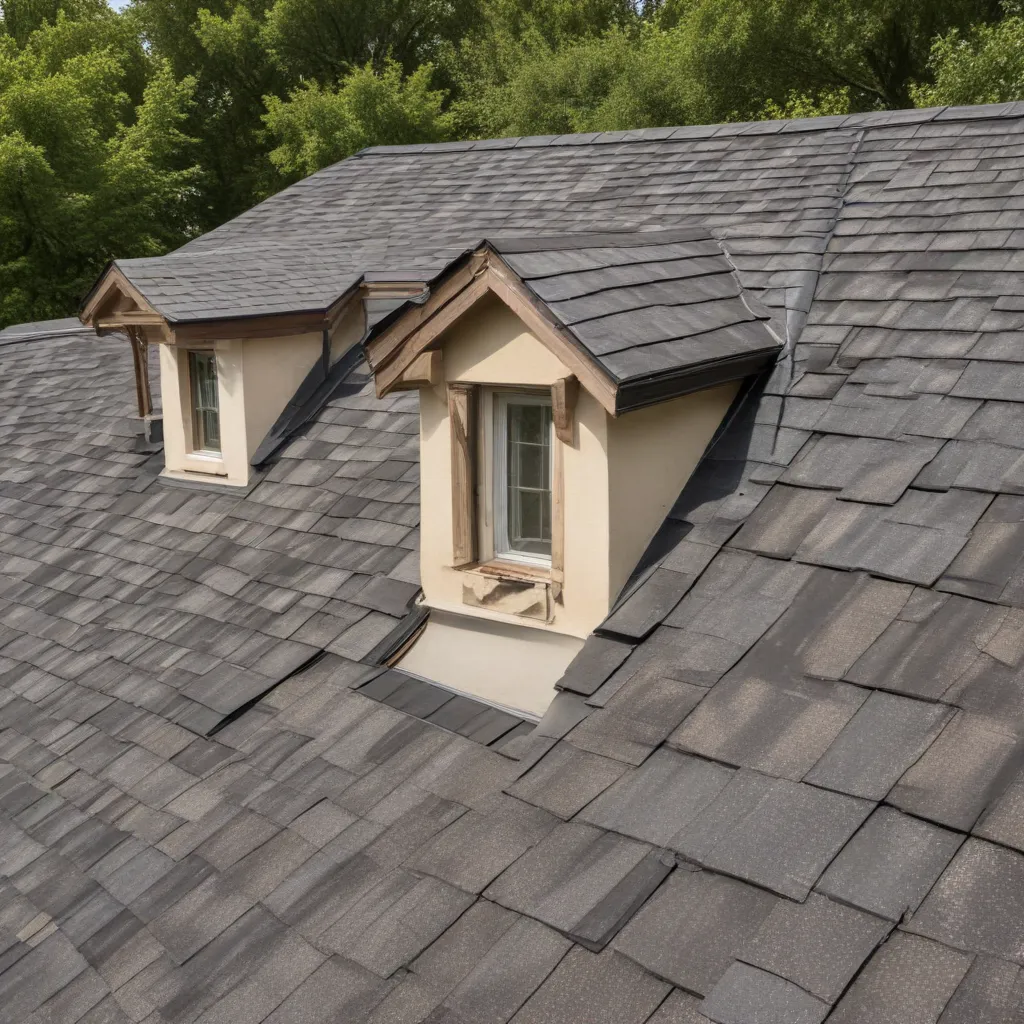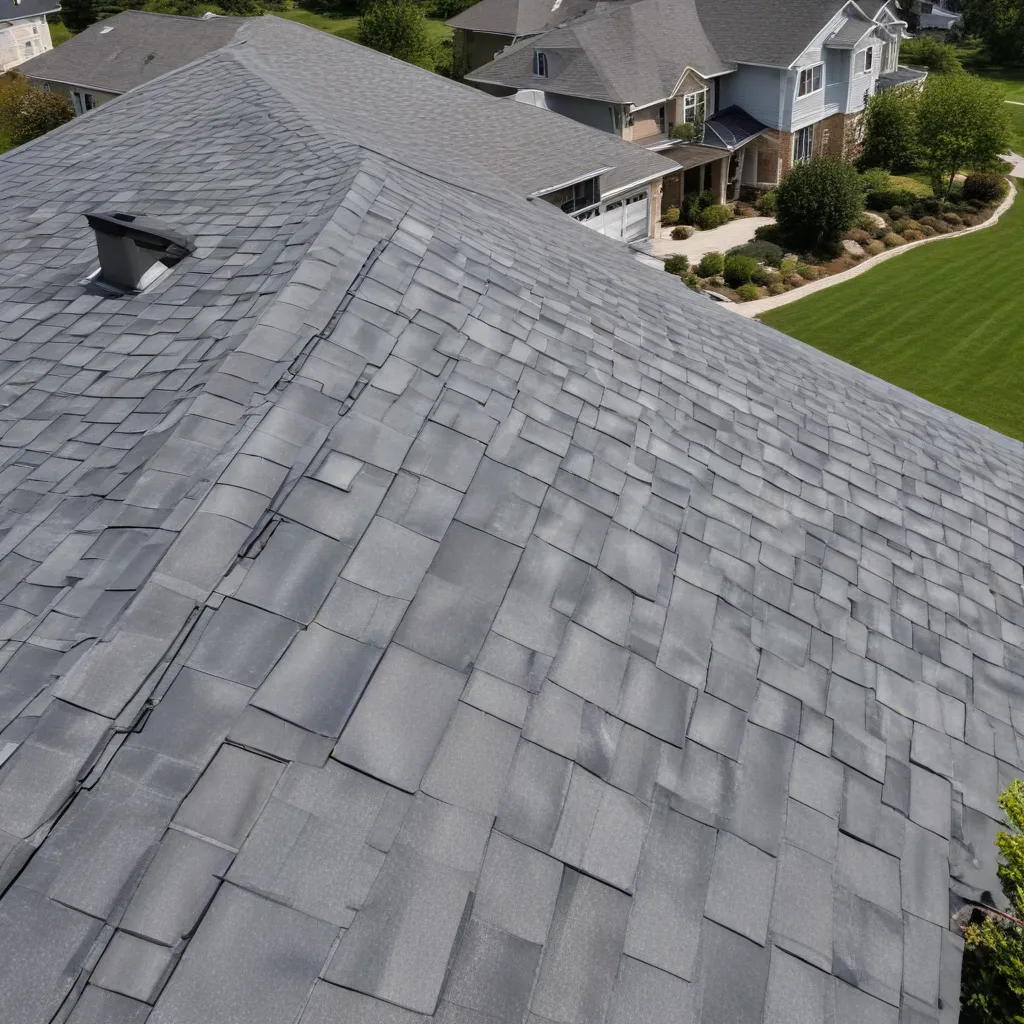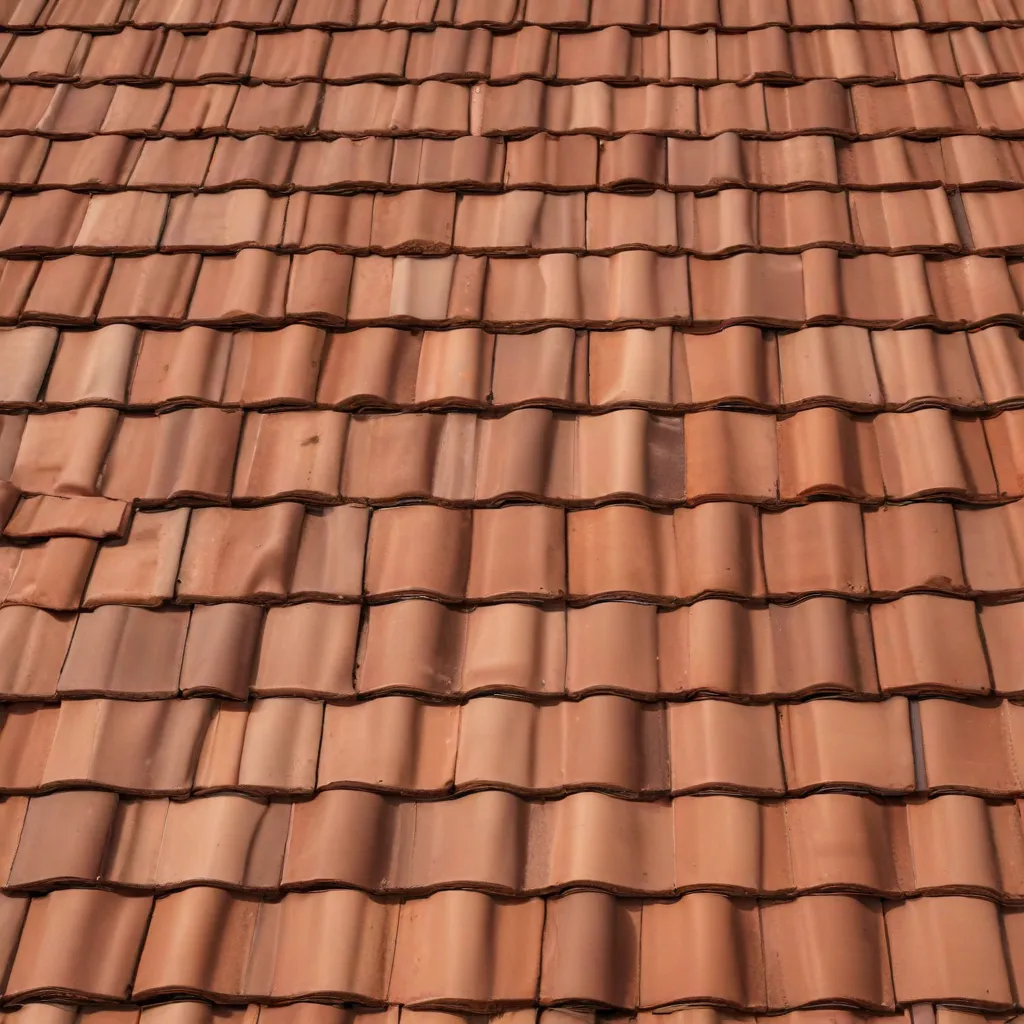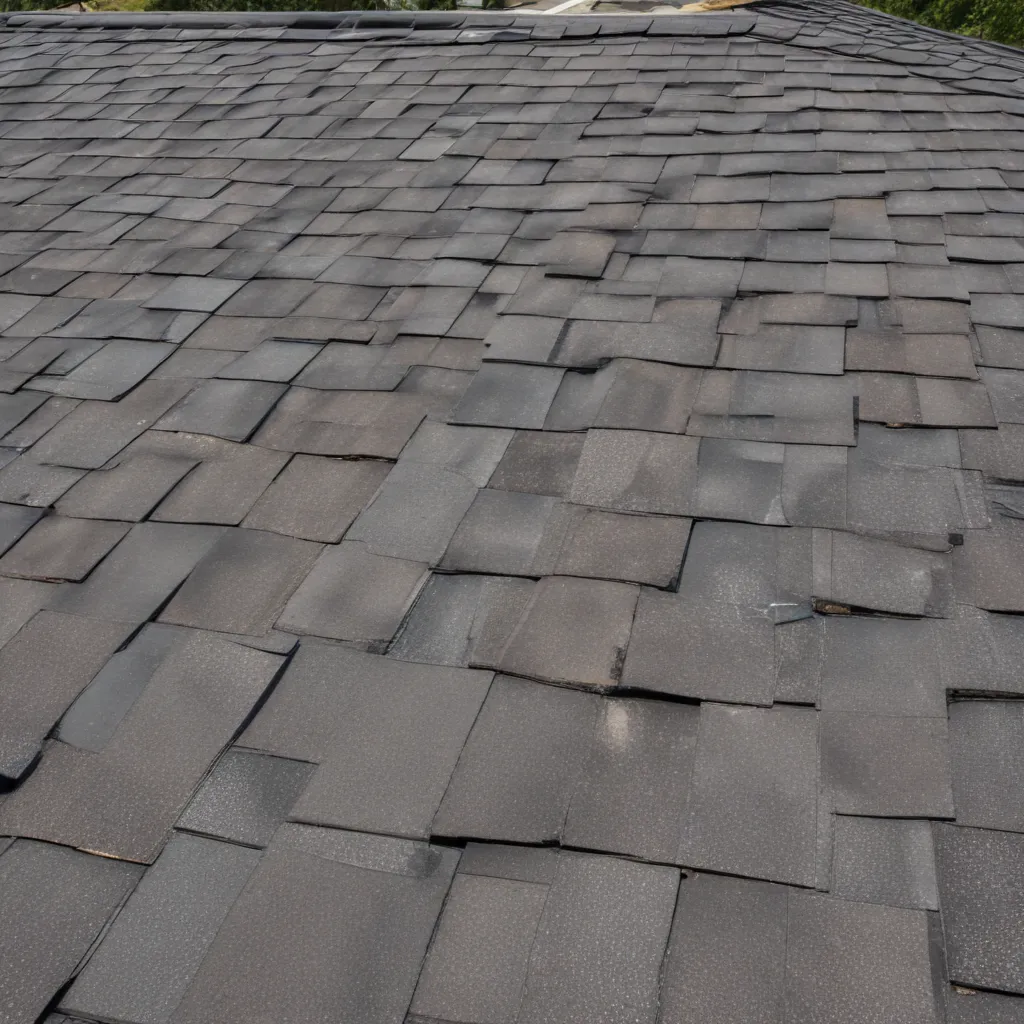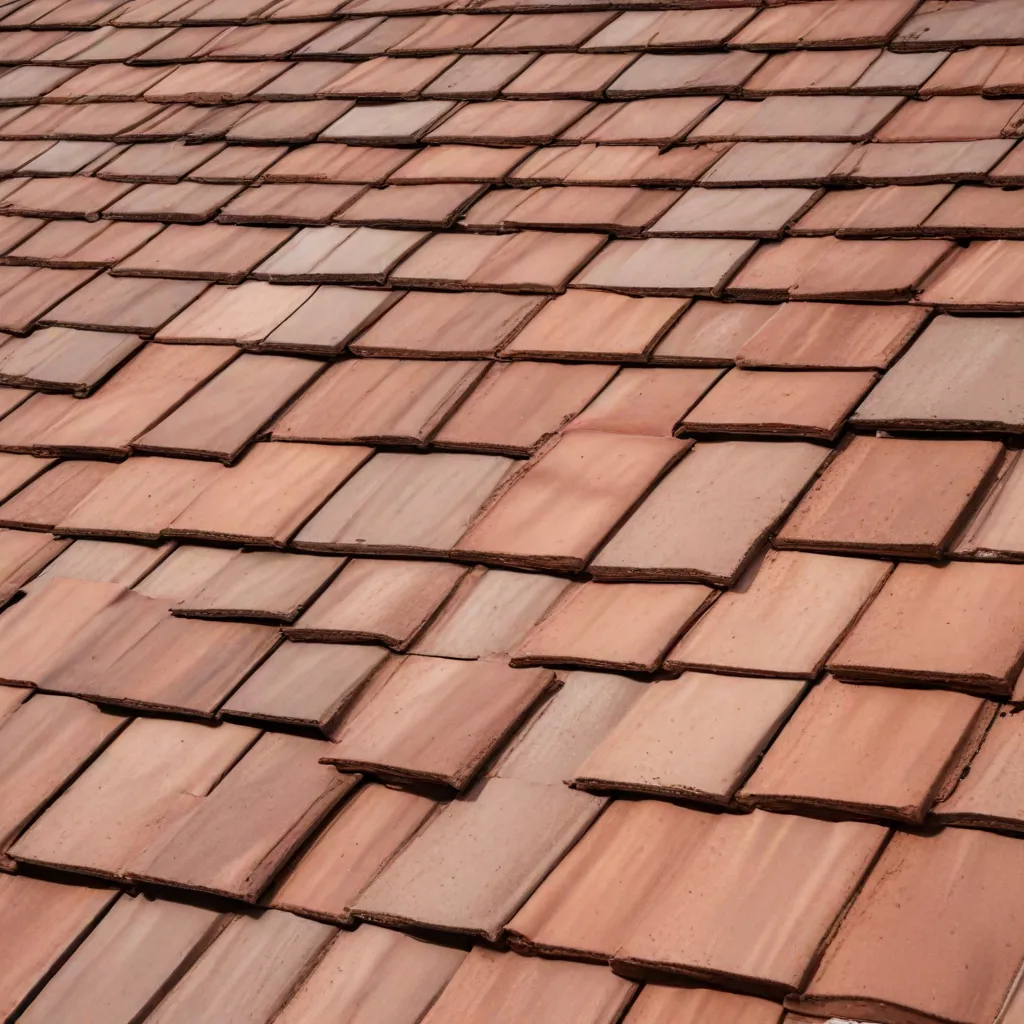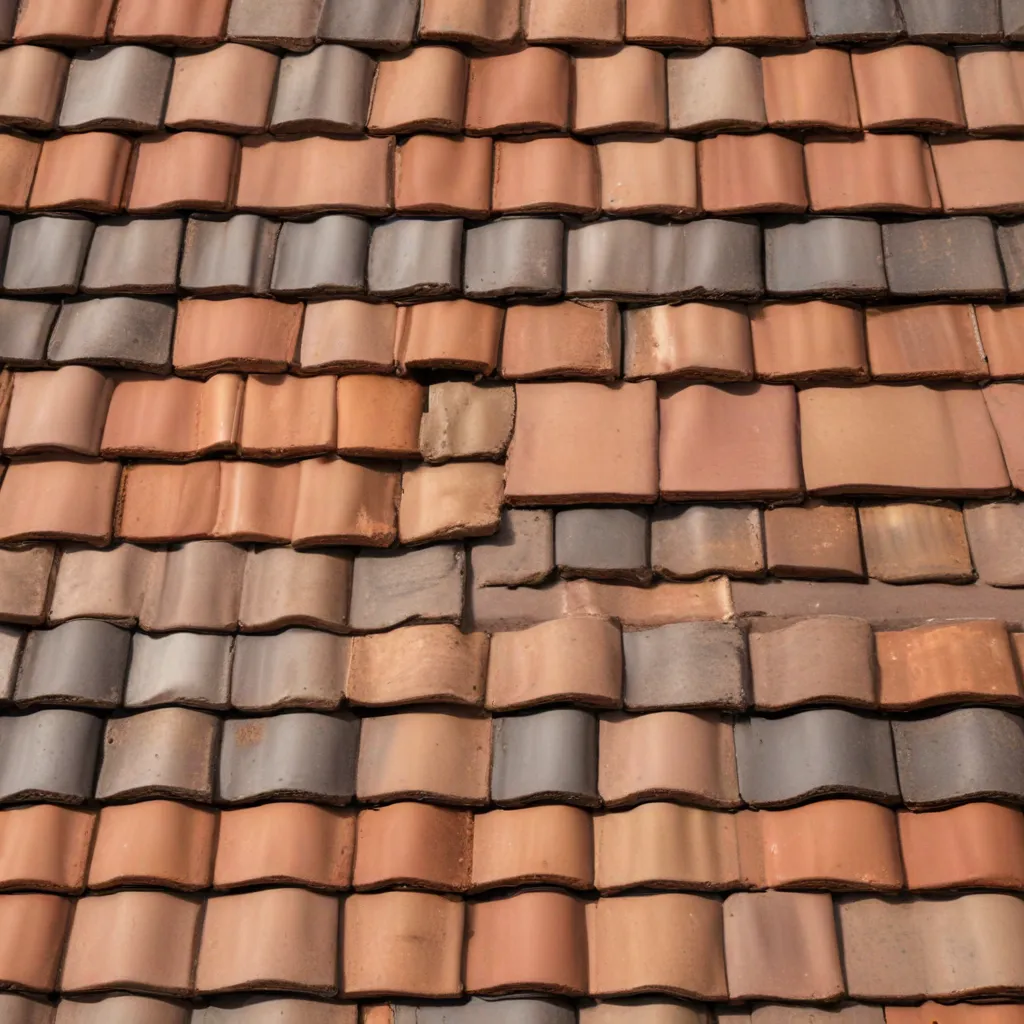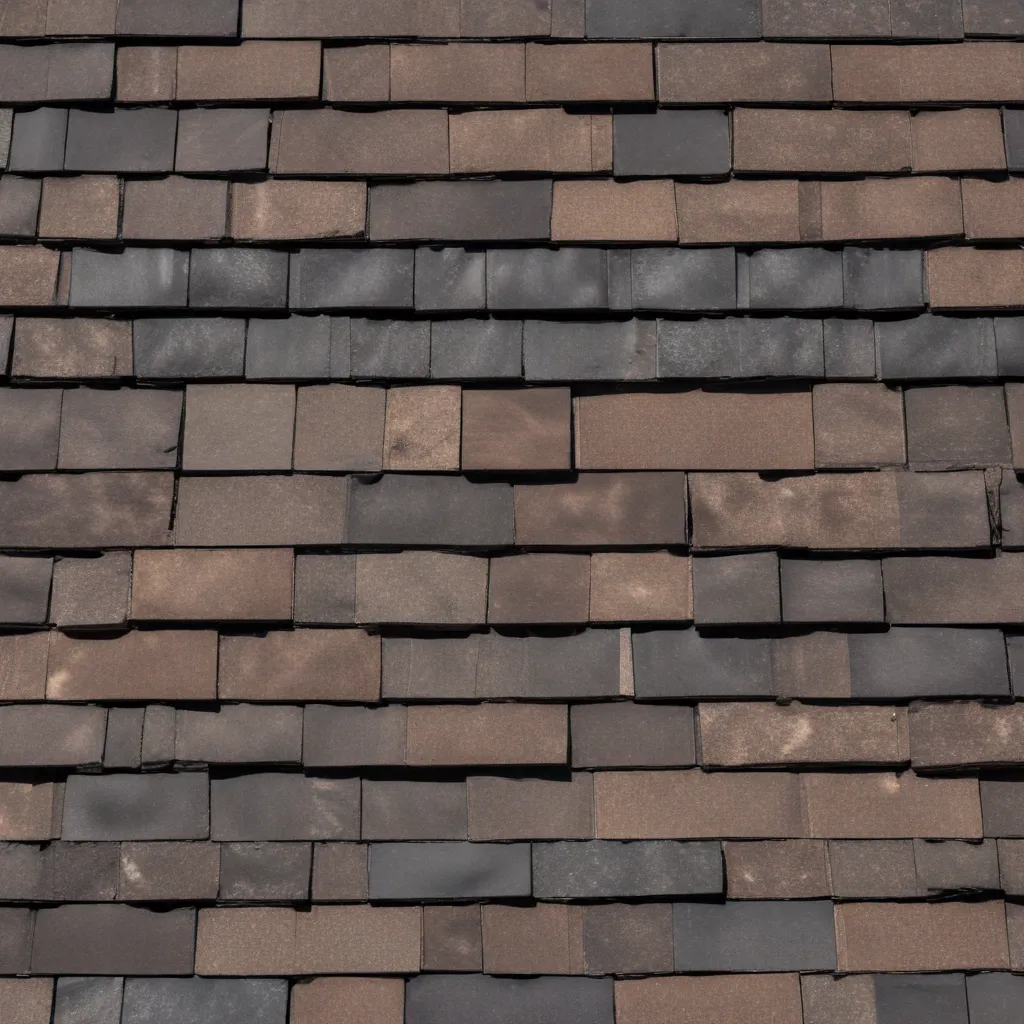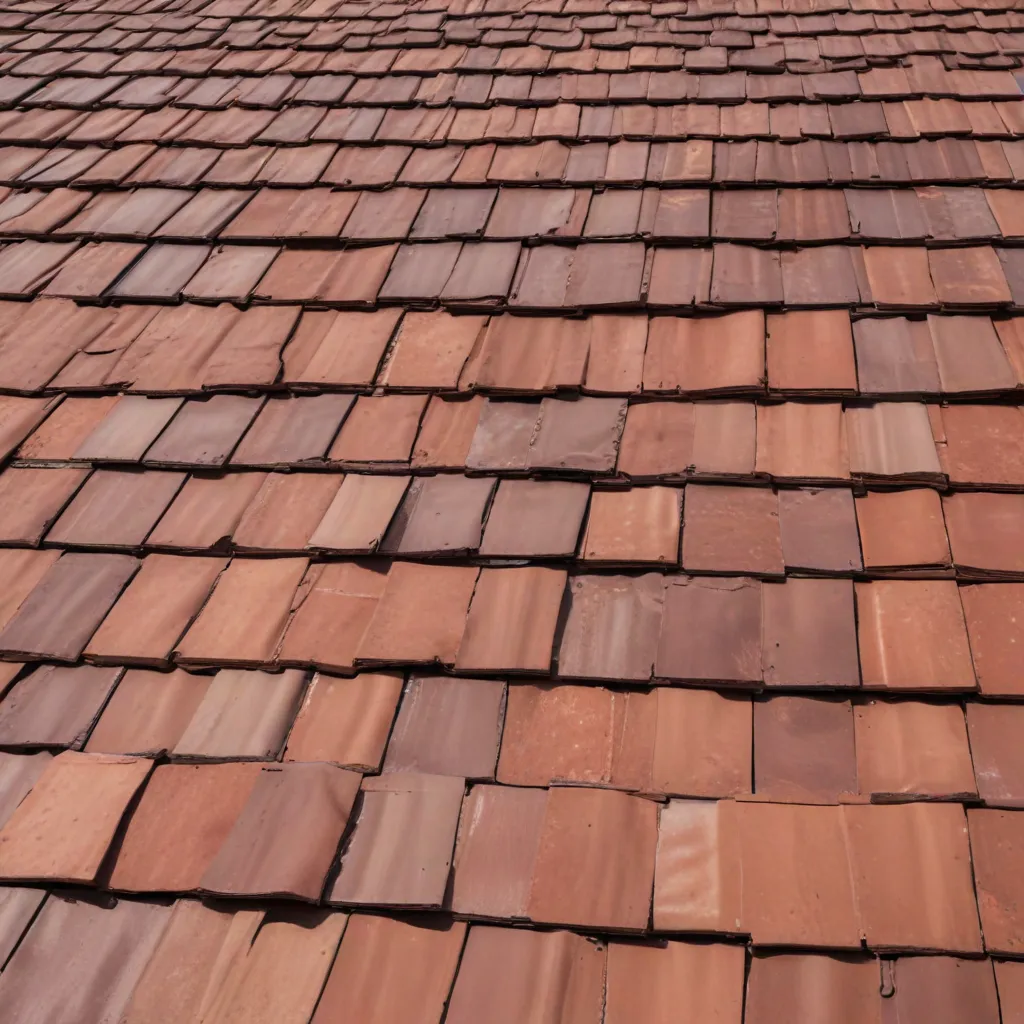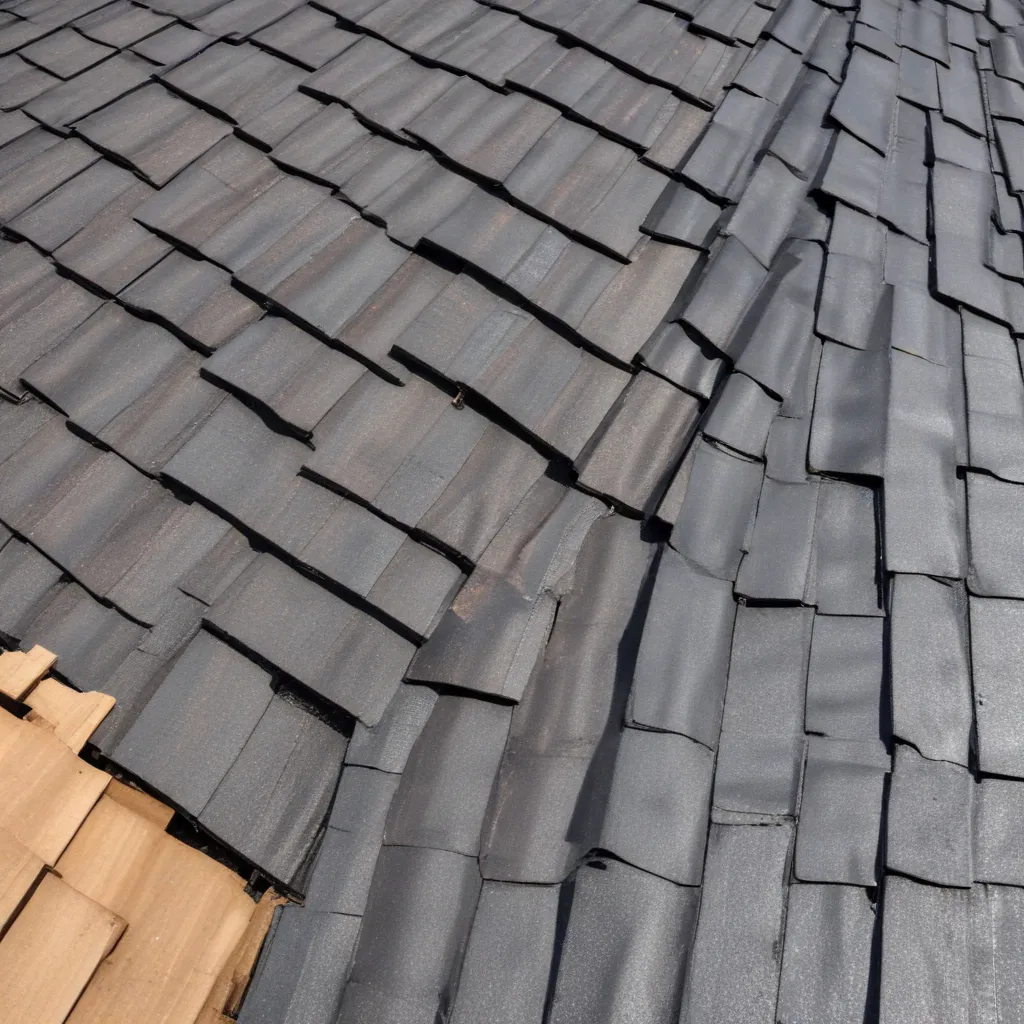
As an experienced roofing specialist, I’ve seen firsthand how crucial the right underlayment can be in ensuring the long-term performance and protection of any roofing system. Whether you’re installing a traditional asphalt shingle roof, a sleek metal system, or a timeless tile solution, the underlayment you choose can make all the difference in how your home weathers the elements.
Roof Underlayment Considerations
At the heart of a robust, weatherproof roof lies the underlayment – the layer of material installed directly onto the roof deck, acting as the first line of defense against the onslaught of Mother Nature. Understanding the key properties and installation requirements of different underlayment types is the foundation for making an informed decision.
Material Properties
Felt underlayment, the traditional option, is typically made from an organic or fiberglass base saturated with asphalt. While economical, felt can be less durable and prone to tearing, especially when exposed to moisture for extended periods. Alternatively, rubberized asphalt underlayment offers superior waterproofing capabilities, with a self-sealing property around nails and fasteners – a crucial feature in areas prone to heavy rain or ice dams. On the other hand, synthetic underlayments, crafted from materials like polypropylene or polyethylene, are known for their lightweight, tear-resistant, and UV-resistant properties, making them a popular choice for modern roofing applications.
Installation Requirements
The ease of installation is another factor that can sway the decision-making process. Synthetic underlayments, with their larger roll sizes and lighter weight, are generally simpler to apply than felt or rubberized asphalt. This can be a significant advantage, especially for DIY projects or scenarios where labor costs are a concern. Proper installation techniques, such as overlapping seams and ensuring compatibility with the chosen roofing material, are essential for maximizing the underlayment’s performance.
Weatherproofing Strategies
Ensuring your roof can withstand the whims of the weather is a top priority, and the underlayment plays a crucial role in this endeavor.
Moisture Management
An effective underlayment acts as a reliable vapor barrier, preventing moisture intrusion and potential water damage to the roof deck. Its water-shedding capabilities are equally important, directing precipitation away from vulnerable areas and minimizing the risk of leaks. Synthetic and rubberized asphalt underlayments excel in this regard, providing superior protection against the elements.
Thermal Performance
The underlayment’s ability to contribute to the overall thermal efficiency of the roofing system is another crucial consideration. Some underlayments offer increased insulation value, while others are designed to enhance UV protection, safeguarding the roof’s structural integrity and reducing heat transfer. These thermal performance characteristics can have a significant impact on energy costs and the long-term sustainability of your home.
Longevity Factors
Durability and resistance to degradation are essential for ensuring the longevity of your roofing system. Synthetic underlayments, with their inherent resistance to tearing and UV exposure, often outperform their felt counterparts in this regard. Proper maintenance and adherence to manufacturer recommendations can further extend the lifespan of the underlayment, ultimately protecting your investment.
Choosing the Ideal Underlayment
When it comes to selecting the right underlayment, a holistic approach that considers the unique characteristics of your roofing system and the local climate conditions is crucial.
Roofing System Characteristics
The slope of your roof can be a determining factor in the choice of underlayment. Steeper roofs may benefit from lighter, more easily installed synthetic options, while flatter or low-slope roofs often require the robust waterproofing capabilities of rubberized asphalt. Furthermore, the type of roofing material you’ve chosen – whether it’s asphalt shingles, metal, or cedar shakes – will influence the compatible underlayment options.
Functional Priorities
Your budget and long-term performance goals will also shape the underlayment selection process. While felt underlayment may be the most economical choice, the added durability and weatherproofing of synthetic or rubberized asphalt options may prove to be a worthwhile investment, especially in high-risk areas. A comprehensive warranty from a reputable manufacturer can provide added peace of mind and protection for your roofing system.
Regulatory Compliance
Adhering to local building codes and regulations is essential when selecting a roof underlayment. Different regions may have specific requirements based on climate and environmental conditions, so be sure to research and comply with the applicable standards in your area.
Long-Term Benefits
By carefully choosing the right underlayment for your roofing system, you can unlock a host of long-term benefits that extend far beyond just weatherproofing.
Structural Integrity
A well-designed underlayment can play a crucial role in safeguarding the structural integrity of your roof, shielding the roof deck from damage caused by extreme weather events, such as hurricanes, hail, or heavy snowfall. This protection helps maintain the load-bearing capacity of the roof, ensuring its continued safety and reliability.
Energy Efficiency
The thermal performance characteristics of the underlayment can significantly impact the overall energy efficiency of your home. Improved insulation and UV protection can lead to reduced heating and cooling costs, ultimately contributing to a lower carbon footprint and a more sustainable living environment.
Resale Value
In today’s competitive real estate market, the quality and condition of your roof can be a crucial factor in determining your home’s resale value. By investing in a high-performance underlayment, you’re not only safeguarding your family’s shelter but also enhancing the marketability of your property, should you ever decide to sell.
Navigating the world of roof underlayment can seem daunting, but by understanding the material properties, installation requirements, and long-term benefits, you can make an informed decision that will provide weatherproofing and protection for your home for years to come. Remember, a roof is more than just a shingle or a tile – it’s the foundation that shields your family and your investment, and the underlayment is the critical component that ensures its enduring performance.
For more information on roofing underlayment options and Genuine Roof Systems’ commitment to quality and innovation, please visit our website at www.genuineroofsystems.com.

